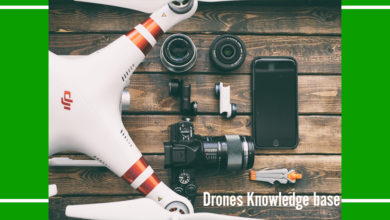
Drones Knowledge base
Public Speaking – Pace, Pitch and Tone
What’s the difference between a great speaker and a bad one? How is it one presenter can make a topic come to life and another one, using exactly the same material, can bore the pants off of you? How is it possible to be fantastic in front of one audience and terrible in front of another?
It’s all in the voice. It’s not about content, if it was nobody would watch TV or listen to the Radio to access information, most people can take in information faster through the written word.
There are three main elements to your voice and each can be used to great effect to maintain your audience’s interest or to destroy it.
Pace
Pace is simple, it’s a measure of how quickly or slowly you speak. One of the first pieces of advice given to new speakers is to slow down. It’s true that when you’re addressing large audiences you need to be slower and more measured than you are in real life, you’ll never see a politician who looks in a hurry to get to the end of a sentence for example.
But (and there’s always a but, isn’t there?) that doesn’t mean you shouldn’t vary your pace, slowing down further can denote “gravity” for your points, whereas speeding up (even if only slightly) can show enthusiasm and so on.
The worst speakers show almost no variation in pace and their speeches almost always become a “drone” in the listener’s ear.
Pitch
The rise and fall of your speech is in the pitch, if you listen to Australian’s talk you’ll often notice that they raise the pitch at the end of every sentence. This can be confusing for listeners from the Northern Hemisphere who associate that rise with a question.
Variation is key but understanding your audience’s preference for pitch is also important, I tuned out during what I’m told was an excellent speech by a leading trainer because the constant rise at the end of every sentence drove me round the twist.
Tone
The final and most important part of your speech is tone, tone is the inflection you give to your words to add additional meaning. In everyday life you can differentiate between anger, humour, happiness and a million other emotions because of the tone people speak in.
Your speeches should follow suit, if you want to carry your audience with you. You must use the appropriate tone to convey your message.
These three simple qualities of your voice are often the difference between the success and failure of your speaking. It’s not all about the content.
Now: You might be wondering what to look for when choosing your drone. It’s easy: Right here, you will find the most important specs to look for. We’ve also included a drones knowledge base so that you can quickly learn the drones basics. Bada bing, bada boom — you’re almost ready for takeoff!


